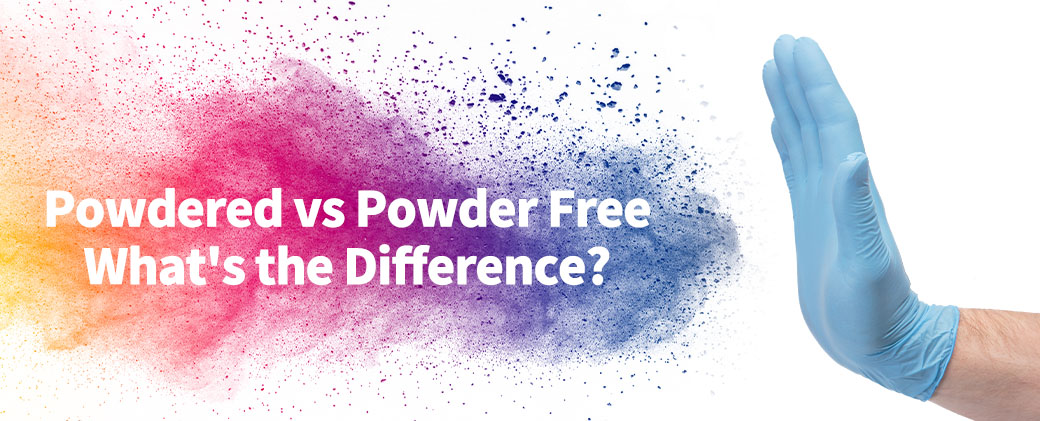
Powdered Gloves
The powder, which is often made out of cornstarch, makes it easier to don and remove the gloves. When powdered gloves are worn for a long period of time the powder can cling to user’s skin and cause sensitivities or allergies. Cornstarch powder may also contribute to latex allergies or sensitivity.
Powder-Free Gloves
Powder free gloves significantly reduce the transfer of latex protein particles to the skin and airways due to the chlorine washing process. Chlorination processing requires more extensive washing during manufacturing and consequently tends to produce a glove with appreciably fewer free latex proteins and other residual chemicals. This process significantly reduces allergic reactions.
Powder-free segment to grow at a significant pace.
Powder-free nitrile gloves are anti-static in behavior, smart solvent resistant, odour-free, and therefore helpful in the food and dairy farm business. Growing cases of allergies associated with powdered nitrile gloves and a rise in cases of powdered gloves causing wound inflammation, severe airway inflammation from inhaling the powder, and post-surgical adhesions from contact with the powder is leading users to switch to powder-free nitrile gloves. Powder-free gloves also account for lesser allergies as their manufacturing involves lower protein and chemical content, which also increases the time for which they can be continuously used. Additionally, taking into account the harmful effects of powdered gloves, in January 2017, the Federal Food and Drug Administration (FDA) placed a ban on powdered patient examination gloves, powdered surgical gloves, and also on powder for lubricating a surgeon’s gloves, thus expected to propel the powder-free segment’s market growth even further.




